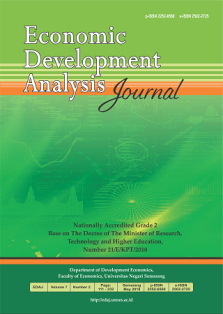Tourism Economic Recovery Policy After the Lombok-Sumbawa Earthquake
Abstract
This study aims to determine the implementation of policies to accelerate tourism economic recovery affected by the Covid 19 pandemic after the Lombok West Nusa Tenggara Earthquake in 2018. This study finds disagreement between previous studies and a lack of empirical evidence. Studies that show critics say that the development of the government's economic recovery strategy after the natural disaster in Lombok-Sumbawa is considered not optimal. The quantitative research design focuses on two themes, namely: 1) central and local government policies; and 2) planning strategies in the context of accelerating tourism economic recovery. The first finding reveals that the government's policy through the medium-term tourism economic recovery strategy as stated in the 2019-2023 RPJMD carried out by the West Nusa Tenggara Provincial Government has not been maximized. This can be seen clearly from the high number of poor people in West Lombok at 17 percent with an unemployment rate of 3.35 percent. As a result of the implementation of social distancing in the midst of the Covid 19 Pandemic and the post-earthquake on Lombok Island, West Nusa Tenggara, since 2018 there has been a decline in tourist visits due to the earthquake and the Covid-19 pandemic. The strategy carried out is data collection and support activities through priority programs that have been divided into 4 clusters to increase 3A (attractions, accessibility, and amenities for tourist villages/new tourist villages). In addition, a Digital-Based Promotion Strategy for Unaffected Destinations which intensifies promotion with a BAS (Branding, Advertising for e-commerce, Selling) strategy. The expected implication is that this research can contribute to accelerating the recovery of the tourism economy globally which has been affected by Covid 19 and after natural disasters


